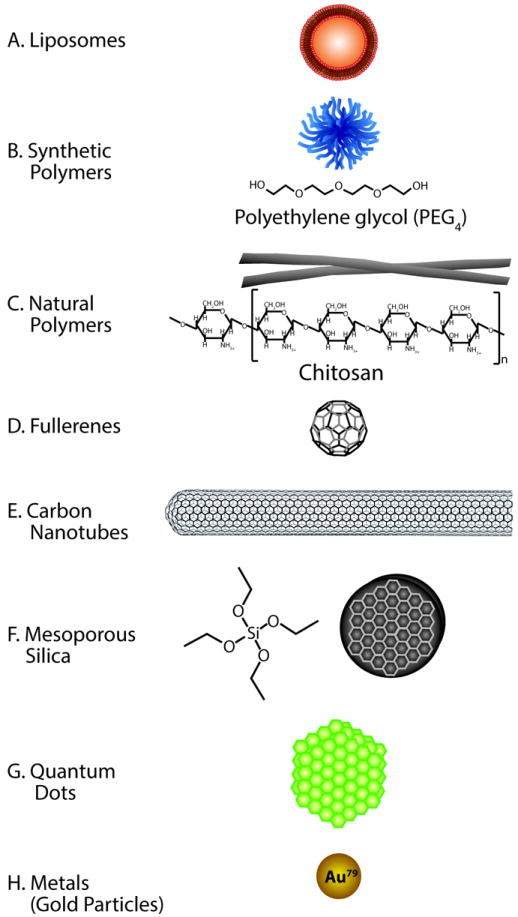Figure 2. Nanomaterials and nanodelivery.

A. Liposomes are vesicles formed into a lipid bilayer. They are commonly made of bipolar phospholipids that generally contain an aqueou score. Liposomes carrying drugs can readily fuse with plasma membranes of cells. B. Synthetic polymers often begin with polyethylene glycol (PEG) backbones that exhibit a high degree of biocompatibility. PEG polymers can also be used in more complex multistage nanoparticles to improve biocompatabilty. C. Chitosan is a natural cationic polysaccharide made by the partial deacetylation of chitin. Chitosan is a positively charged hydrophilic polymer. Charge-based binding and release of drugs can involve physical or chemical stimuli, such as pH, ionic strength, temperature, and magnetic and biological molecules. D. Buckyballs are fullerenes that are made entirely of carbon. They form the shape of a hollow ball and are sparingly soluble in most solvents. They are often conjugated to amino acids like L-arginine and L-phenylalanine that enable amino acid transporters to bring them into cells. E. Nanotubes are cylindrical fullerenes made of carbon. They are often only a few nanometers in diameter but can be very long, from microns to millimeters in length. F. Mesoporous silica is a silicon-based molecule. It can be made from tetraethyl orthosilicate among other silicon-based molecules. Nanoparticles typically synthesized from silica generally have a large surface area of the pores that can be filled with a drug. Depending on the dimensions and synthesis process, silicon nanoparticles can be used in a multistage fashion to deliver other nanoparticles like liposomes or chitosan to target sites. G. Quantum dots are semiconductor crystals that exhibit electronic characteristics, which are closely related to the size and shape of each individual crystal. They can either be grown as crystals or made using lithography. H. Gold nanoparticles (colloidal gold) are produced using liquid chemical methods. Gold nanoparticles can be used to deliver drugs or to aid in non-invasive imaging.
